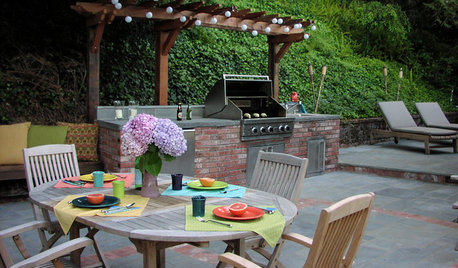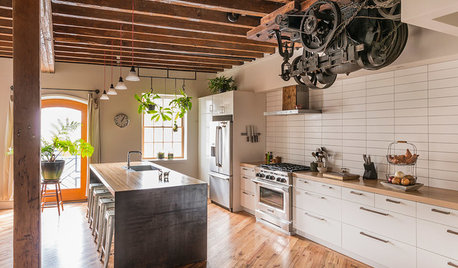Abbaka vs Greenheck - Rooftop Range Hood Blower
jjacobsnyc
9 years ago
Featured Answer
Sort by:Oldest
Comments (18)
hvtech42
9 years agokaseki
9 years agoRelated Professionals
Frankfort Kitchen & Bathroom Designers · Grafton Kitchen & Bathroom Designers · Hemet Kitchen & Bathroom Designers · Hillsboro Kitchen & Bathroom Designers · Lafayette Kitchen & Bathroom Designers · Palm Harbor Kitchen & Bathroom Designers · Piedmont Kitchen & Bathroom Designers · Cloverly Kitchen & Bathroom Remodelers · Honolulu Kitchen & Bathroom Remodelers · Sicklerville Kitchen & Bathroom Remodelers · Princeton Kitchen & Bathroom Remodelers · Langley Park Cabinets & Cabinetry · Lackawanna Cabinets & Cabinetry · Spring Valley Cabinets & Cabinetry · Vermillion Cabinets & Cabinetryhvtech42
9 years agokaseki
9 years agojjacobsnyc
9 years agokaseki
9 years agojjacobsnyc
9 years agokaseki
9 years agoDebbie
5 years agokaseki
5 years agolast modified: 5 years agoDebbie
5 years agoopaone
5 years agoopaone
5 years agoDebbie
5 years agoDebbie
4 years agoopaone
4 years agokaseki
4 years ago
Related Stories

KITCHEN APPLIANCESThe Many Ways to Get Creative With Kitchen Hoods
Distinctive hood designs — in reclaimed barn wood, zinc, copper and more — are transforming the look of kitchens
Full Story
MOST POPULAR8 Ways to Improve Your Grill Setup
Rethinking the old grilling station? Here’s how to pack more function and style into your backyard cooking zone
Full Story
GREEN BUILDINGHouzz Tour: Pickle Factory Now an Energy-Wise Live-Work Space
A charming but poorly insulated 1880s Philadelphia commercial building becomes a spacious energy-efficient home and studio
Full Story





kaseki